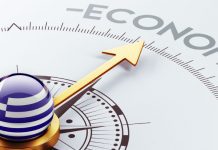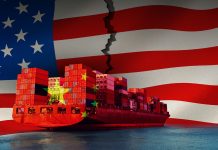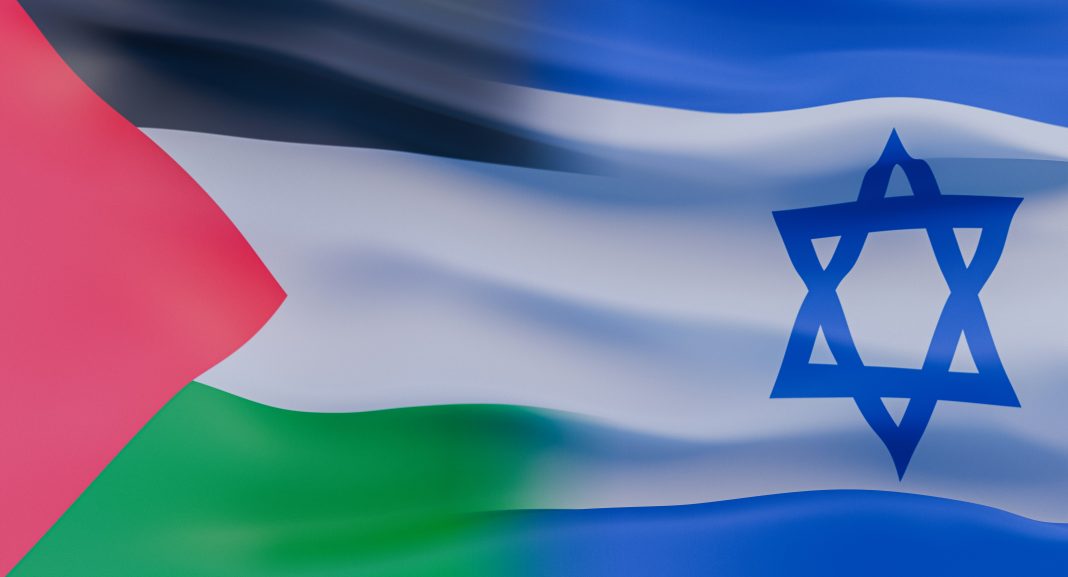Markets Breathe as Gaza Peace Deal Recasts the Geopolitical Map
The ink was barely dry on the October 2025 Gaza peace deal when global markets began to recalibrate. For months, investors had been navigating an environment charged with uncertainty — one where the risk of regional escalation in the Middle East had seeped into everything from oil prices to bond yields. Now, with a ceasefire agreement in place and signals of diplomatic normalization emerging, traders have started to price out the “war premium” that had dominated sentiment since early summer.
The shift was immediate. Oil futures fell back from their highs, gold’s safe-haven bid began to soften, and Middle Eastern equities — particularly across the Gulf Cooperation Council (GCC) — reacted not with exuberance, but measured restraint. The initial market response underscores a new phase of cautious optimism: one that sees risk repriced, but not yet removed.
Oil: A War Premium Unwinds
For much of 2025, the spectre of a widening conflict had kept a firm floor under Brent crude prices, with traders pricing in potential disruptions to shipping lanes and production capacity across the Gulf. The peace deal between Israel and Palestinian factions — brokered with Egyptian and Qatari mediation and backed by U.S. and EU guarantees — has rapidly eased those fears.
The disappearance of the war premium shifts market attention back to fundamentals. That means the spotlight now falls on global demand trends, U.S. shale output, and the evolving balance between OPEC+ discipline and non-OPEC supply growth. Analysts expect that without the geopolitical buffer, oil could come under renewed pressure, especially if Chinese demand remains sluggish and U.S. production continues to expand.
“In recent months, energy markets have been pricing in a degree of risk that is now dissipating,” says a London-based commodities strategist. “With peace on the table, oil is once again about barrels, not borders.”
Still, not all risks are off the map. Eastern Europe remains a wildcard, with tensions between Russia and NATO-aligned states keeping traders alert to potential supply-side shocks in energy and commodities. Moreover, the U.S.–China trade dispute, which reignited over technology and tariffs earlier in the year, continues to threaten demand growth across global markets.
The combination points to a more complex energy landscape in late 2025 — one where short-term price relief may give way to structural challenges. As the geopolitical fog lifts, fundamentals may look less supportive than before.
Gold: From Safe Haven to Policy Barometer
If oil represents the world’s barometer of conflict, gold is its thermometer of fear. The metal had rallied sharply through the first half of 2025, propelled by safe-haven inflows amid Middle Eastern tensions, the prolonged U.S. government shutdown, and uncertainty around the Federal Reserve’s next moves.
With peace taking hold, however, that defensive bid appears to be cooling. Spot gold slipped from its record highs above $4,000 an ounce, with traders rotating into riskier assets and higher-yielding instruments. Yet analysts caution against declaring the end of the rally altogether.
“The geopolitical bid may fade, but the macroeconomic one is still strong,” notes an investment strategist at a European private bank. “Falling real yields, dovish Fed signals, and fiscal uncertainty in Washington mean gold’s role as a policy hedge remains intact.”
Indeed, the Federal Reserve’s dovish pivot — markets currently price in rate cuts by December — may provide a new floor for gold prices even as geopolitical fear ebbs. In other words, while peace may dull the metal’s defensive shine, monetary dynamics could keep it glimmering as a macro hedge against policy missteps and fiscal dysfunction.
Gulf Equities: Waiting for the “Peace Dividend”
In the Gulf, the market reaction was markedly different. Equities across Saudi Arabia, the UAE, Qatar, and Kuwait rose modestly but stopped short of a breakout rally. This caution reflects both realism and experience: regional investors have seen diplomatic breakthroughs falter before, and many are waiting for concrete follow-through before pricing in a sustained re-rating.
“The peace deal removes one layer of uncertainty, but investors are still seeking proof of stability,” says a Dubai-based asset manager. “For Gulf markets, the upside comes not from headlines but from execution — if normalization leads to trade, tourism, and infrastructure projects, that’s when the peace dividend will materialize.”
Still, the long-term implications are potentially transformative. A stable political backdrop could compress regional risk premia, drawing in foreign capital that has historically shied away from Middle Eastern markets. Sovereign wealth funds could pivot toward joint projects, while cross-border energy and logistics corridors might gain momentum.
For Gulf economies pursuing diversification away from oil — such as Saudi Arabia’s Vision 2030 and the UAE’s green finance initiatives — stability provides a crucial backdrop for continued reform and investment.
The key question now is whether political calm can translate into economic collaboration. Early signals suggest renewed talks around joint industrial zones, technology partnerships, and cross-border infrastructure investments — the tangible markers of a peace that could pay dividends far beyond Gaza.
The Broader Market Picture
Global investors are now engaged in a delicate recalibration. The repricing of geopolitical risk comes at a time when markets are already grappling with multiple crosscurrents: softening growth in China, a contentious U.S. election season, and persistent inflation differentials across major economies.
For equities, particularly in Europe and Asia, the reduction in Middle Eastern risk could free up risk appetite that had been sidelined. Emerging-market debt may also benefit as spreads tighten and oil-importing nations see relief from lower energy prices. However, the rally could be tempered by concerns over global trade fragmentation and weak manufacturing indicators.
Meanwhile, currency markets are absorbing a complex blend of influences. The dollar’s recent softness — driven by expectations of Fed easing — has been partially offset by renewed U.S. fiscal concerns. A more stable Middle East might limit demand for defensive currencies such as the yen or Swiss franc, but investors are unlikely to unwind safe-haven positions entirely until there’s more clarity from Washington and Brussels.
From Fragile Peace to Economic Stability
Ultimately, the October 2025 Gaza peace deal marks a turning point — but not a full reset. For financial markets, the significance lies less in the immediate repricing and more in what it reveals about the interplay between geopolitics and macroeconomics in an era of heightened interdependence.
The deal has shown how rapidly markets can adjust to new realities, how capital moves as perceptions of stability shift, and how deeply geopolitical risk is now embedded in asset valuation models. Yet, as ever, optimism is conditional.
The peace’s durability remains uncertain, its implementation politically fraught, and its economic potential dependent on regional cooperation. For now, investors appear content to dial down the fear premium, but not to switch it off entirely.
In the end, the market’s response to peace is not jubilation — it is a cautious exhale. The war premium may be gone, but the vigilance that defined 2025’s global trading psyche remains very much intact.








































